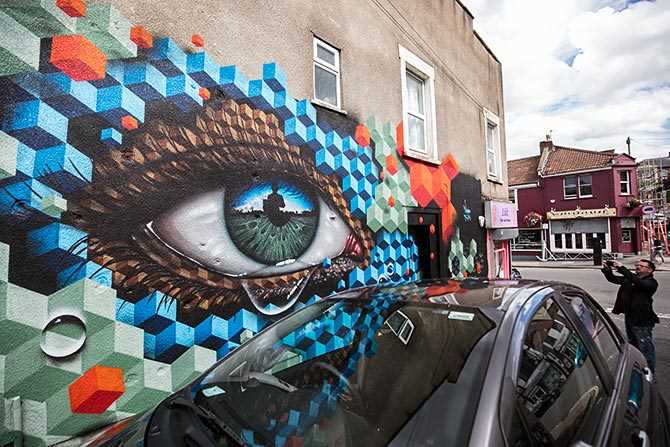
Bristol, a vibrant city in the southwest of England, has become renowned for its thriving street art scene. From the colorful, thought-provoking pieces to the hidden gems tucked away in its labyrinth-like streets, Bristol is a haven for graffiti enthusiasts and urban art lovers alike.
One of the city’s most iconic street artists is Banksy, whose politically charged and often controversial works have gained worldwide recognition. His stenciled murals can be found on walls, bridges, and buildings throughout Bristol, offering a unique and thought-provoking perspective on social issues.
But Bristol’s street art scene is not limited to Banksy. The city is home to numerous talented artists who use walls, doors, and even abandoned warehouses as their canvas. Walking through Bristol’s streets feels like stepping into an open-air gallery, with every corner offering a new piece of art to admire.
What sets Bristol apart from other cities with a street art culture is its celebration and support for graffiti and urban painting. The city actively encourages the creation of street art, providing legal spaces where artists can showcase their talents without the fear of prosecution. The annual Upfest, Europe’s largest street art and graffiti festival, attracts artists from around the world, turning the city into a vibrant and creative hub.
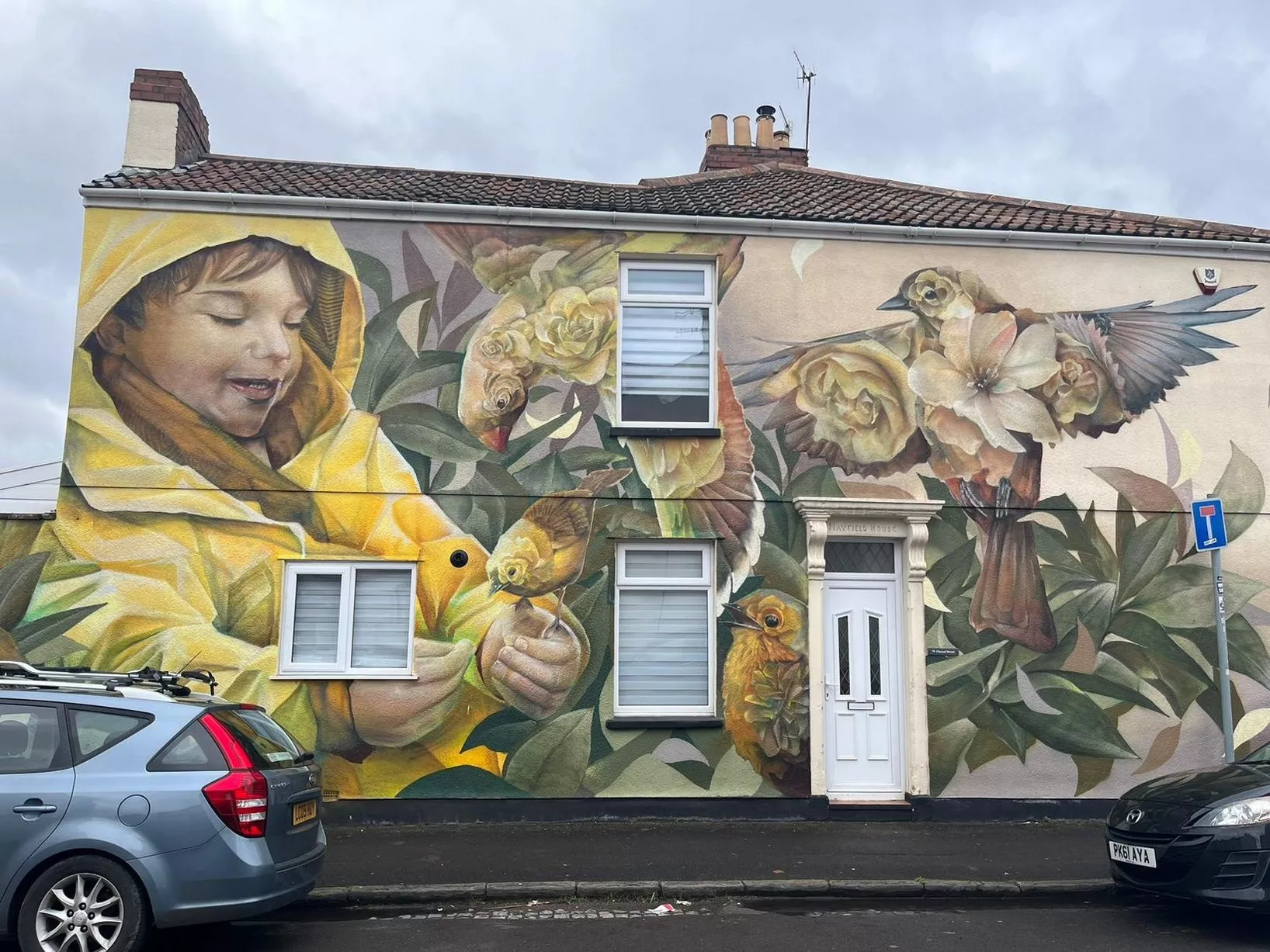
Street Art Bristol is a celebration of graffiti and urban painting in the city of Bristol, England. The vibrant street art scene in Bristol has gained international recognition and has become a major tourist attraction.
Bristol has a long history of street art, with notable contributions from local artists such as Bansky and Inkie. The city is known for its innovative and diverse street art styles, ranging from stencil art to large-scale murals.
The annual Street Art Bristol event brings together artists from around the world to showcase their work on the city’s walls and buildings. It is a week-long festival that includes live painting sessions, art exhibitions, and guided street art tours.
The festival not only celebrates the artistic talent in Bristol but also promotes the importance of public art and its impact on the urban environment. Street art brings color and vibrancy to the city streets, transforming ordinary buildings into works of art.
Street Art Bristol is not just limited to graffiti and murals but also includes other forms of urban painting, such as paste-ups and installations. It is an inclusive event that welcomes artists of all styles and backgrounds.
Visitors to Street Art Bristol can explore the city’s vibrant neighborhoods and discover hidden gems of art around every corner. The festival provides a unique opportunity to see artists at work and observe the creative process firsthand.
In addition to the festival, Street Art Bristol also supports community projects and initiatives that aim to beautify and regenerate neglected areas of the city. It serves as a platform for local artists to showcase their talent and contribute to the cultural fabric of Bristol.
Overall, Street Art Bristol is a celebration of creativity, diversity, and the power of art to transform and inspire. It is a testament to the city’s rich cultural heritage and its ongoing commitment to supporting and nurturing its vibrant street art scene.
Graffiti: An Expressive Form of Art

Graffiti has long been considered a controversial form of art, often associated with vandalism and illegal activities. However, in recent years, it has gained recognition as a legitimate and expressive art form.
At its core, graffiti is a form of visual communication that allows artists to express their thoughts, emotions, and perspectives in a public space. It serves as a means of personal and collective expression, challenging social norms and sparking conversations.
Unlike traditional forms of art found in galleries and museums, graffiti is accessible to everyone, regardless of their socioeconomic background. It breaks down the barriers of class and education, bridging the gap between the art world and the general public.
One of the unique aspects of graffiti is its ephemeral nature. It often exists only for a short period of time before being painted over or removed. This transience adds to its allure, creating a sense of urgency and impermanence that resonates with the fast-paced nature of urban environments.
Moreover, graffiti has the power to transform neglected and mundane spaces into vibrant and visually captivating landscapes. It breathes life into the concrete jungle, injecting color, energy, and creativity into the urban fabric.
The Rise of Urban Painting
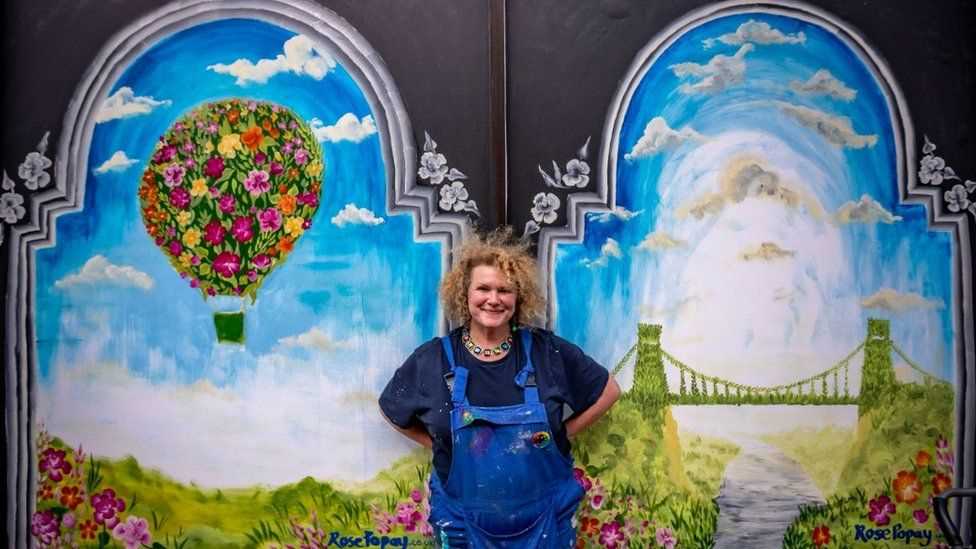
One of the factors contributing to the rise of urban painting is the accessibility and inclusivity it offers. Unlike traditional art galleries, which can be seen as exclusive or intimidating, street art allows anyone and everyone to engage with the artwork. The public nature of the art form gives it a democratic quality, making it open to interpretation and discussion among different social groups.
Another reason for the growing popularity of urban painting is its ability to address relevant social and political issues. Street artists often use their work to shed light on topics such as inequality, climate change, and human rights. By displaying their artwork in public spaces, they create a platform for dialogue and reflection, encouraging viewers to confront these important issues.
The Evolution of Techniques

The rise of urban painting has also led to an evolution in the techniques and tools used by street artists. What once may have been limited to spray cans and stencils has now expanded to include a wide range of mediums, such as wheatpaste, stickers, and even installations. This experimentation with different materials has allowed artists to push the boundaries of what is possible in urban painting, resulting in more diverse and innovative artworks.
The Influence on Graffiti Culture
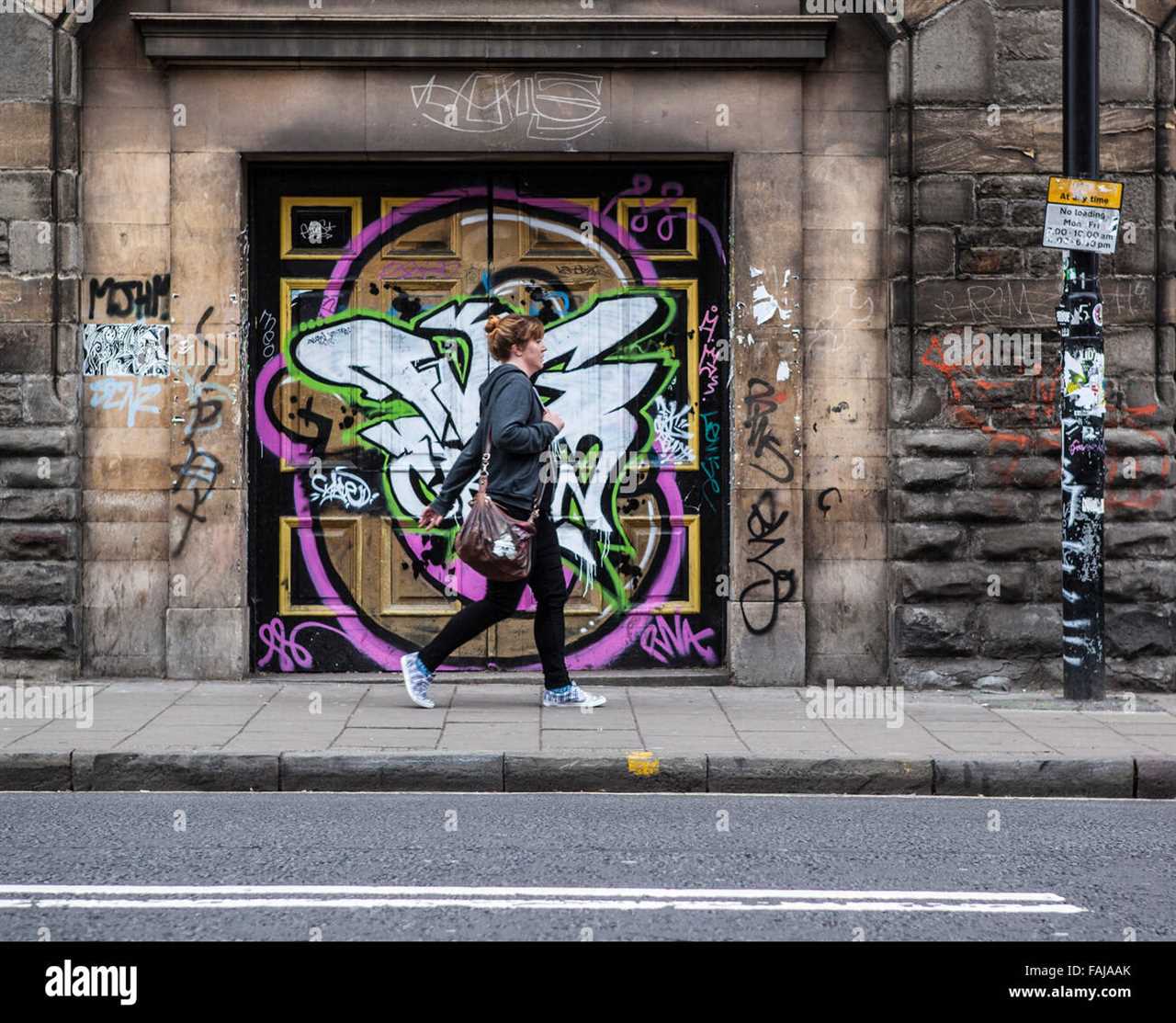
It is important to note the influence that urban painting has had on graffiti culture. While graffiti was traditionally associated with tagging and illegal markings, urban painting has introduced a new level of skill and creativity to the art form. Many street artists have roots in graffiti culture but have expanded their techniques to incorporate more complex and detailed artworks.
Overall, the rise of urban painting has not only transformed the visual landscape of cities but also sparked conversations and challenged societal norms. It has given a voice to artists who may have otherwise remained unrecognized and has allowed communities to come together in appreciation of public art. With its growing popularity, urban painting continues to redefine the boundaries of what is considered art, making it an exciting and dynamic movement to watch.
The Artistic Genius: Bristol’s Street Artists
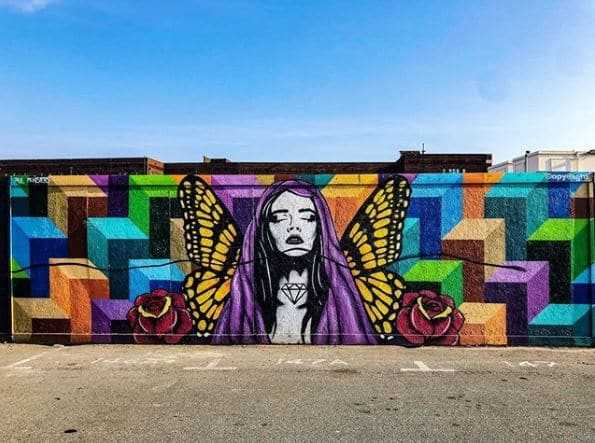
In the world of street art, Bristol stands out as a haven for creative expression and artistic talent. This vibrant city has become a canvas for groundbreaking graffiti and urban paintings, attracting artists from across the globe. Among these talented individuals, Bristol boasts a remarkable array of local street artists who have made a name for themselves both within the city’s vibrant art scene and across the world.
The Bristol Street Art Scene
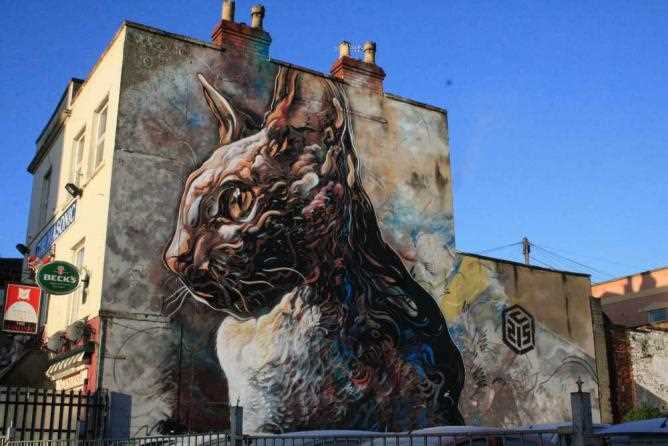
Street art has long been a part of Bristol’s cultural fabric, dating back to the 1980s when the city witnessed a surge of underground artists taking to the streets to showcase their creativity. Over the years, Bristol has become synonymous with street art, with its walls adorned with exceptional murals, ultra-realistic portraits, and thought-provoking pieces. This thriving scene has propelled the city into the international spotlight, making it a must-visit destination for art enthusiasts.
Notable Bristol Street Artists
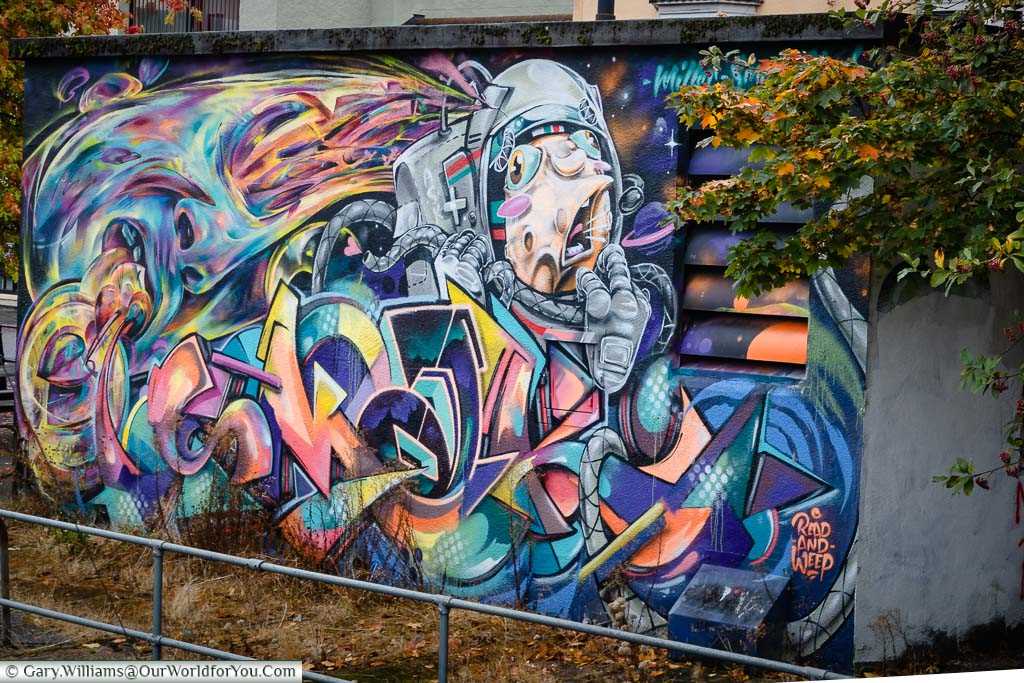
Several Bristol-based street artists have achieved worldwide fame for their innovative and captivating works. Banksy, undoubtedly the most famous of them all, has used the city as both his canvas and muse, leaving his mark on numerous walls around Bristol. Known for his political and social commentary, Banksy’s anonymous identity only adds to the mystique surrounding his works. His thought-provoking pieces have become iconic symbols of Bristol’s vibrant art scene.
Another notable Bristol artist is Inkie, who gained recognition for his intricate and colorful graffiti. Inkie’s style blends elements of graffiti, typography, and graphic design, resulting in visually striking compositions that showcase his talent as a graffiti artist. His artworks can be found on walls and buildings throughout Bristol, contributing to the city’s overall aesthetic appeal.
| Street Artist | Style | Famous Works |
|---|---|---|
| Banksy | Stencil Art, Political Commentary | Girl with a Balloon, The Mild Mild West |
| Inkie | Graffiti, Typography, Graphic Design | Urban Angel, The Dragon of Porto |
| ASK Collective | Murals, Street Art | Resilience, Unity |
These artists, along with many others, have played a crucial role in shaping Bristol’s street art scene. Through their creativity and artistic prowess, they have transformed the city’s streets into an open-air gallery, inviting locals and tourists alike to experience their masterpieces firsthand. Bristol’s street artists continue to push the boundaries of artistic expression, leaving a lasting impact on the global street art community.

I am a mural enthusiast and a fervent admirer of street art. Rather than creating murals myself, I am passionate about collecting them. My love for street art knows no bounds. I am dedicated to curating and cherishing these artworks that grace the streets. My collection stands as a testament to my profound appreciation for this form of artistic expression.
read about me



